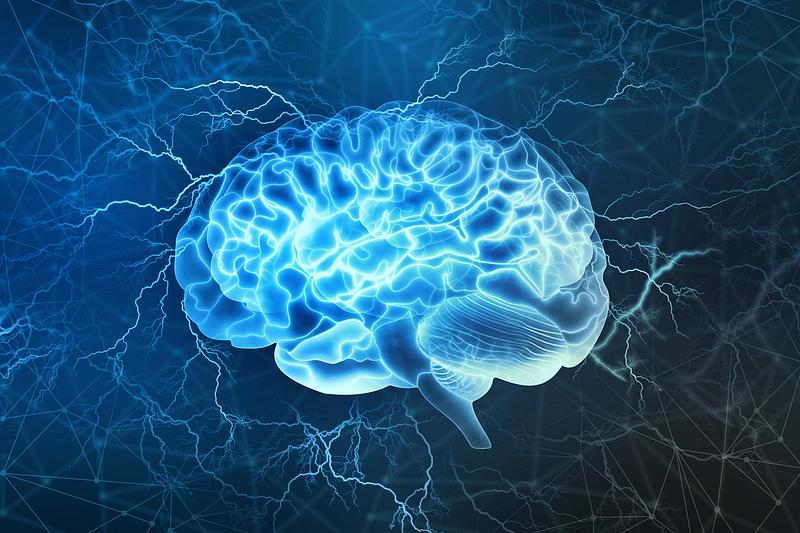Romanian scientist at Stanford leads research on human brain cells being transplanted into rats

Romanian-born Sergiu Pasca, a neuroscientist at Stanford University, coordinated a research team that successfully implanted human neurons into newborn rats' brains. The procedure may pave the way for revolutionary discoveries in the study of mental and neurological disorders.
The scientists managed to connect living human nerve cells, or neurons, and supporting brain cells with the brain tissue of rats to form hybridized working circuits, Stanford Medicine explained. Their research comes to show a new method for performing experiments that would otherwise be invasive or even impossible.
"We can now study healthy brain development as well as brain disorders understood to take root in development in unprecedented detail, without needing to excise tissue from a human brain," said Pasca, the Bonnie Uytengsu and Family Director of Stanford Brain Organogenesis, quoted by Med.stanford.edu. "We can also use this new platform to test new drugs and gene therapies for neuropsychiatric disorders."
The groundbreaking research is described in a study recently published in Nature and is an advanced stage of a method first reported in 2015. In that study, human skin cells were first transformed into stem cells and then, "under carefully guided conditions in laboratory dishes, these cells differentiated into several brain-cell types and multiplied to form organoids resembling the cerebral cortex - the human brain's outermost layer as well as its most recently evolved part."
The team now transferred organoids into the brains of young rats, placing them in the exact location in the brain to monitor their development more efficiently. And according to Stanford Medicine, cells from the rats soon migrated into the human tissue, and the implanted human organoids survived, thrived and grew. They also exhibited much more sophisticated branching patterns.
"To gauge the transplanted organoids' capacity to flag molecular underpinnings of human neuropsychiatric disorders, Pasca and his colleagues turned to Timothy syndrome, a rare genetic condition strongly associated with autism and epilepsy. The scientists transplanted an organoid generated from a Timothy syndrome patient's skin cells into one side of the rat's brain. Into the corresponding spot on the other side, they transplanted an organoid generated from a healthy individual, who served as a control," Med.stanford.edu explained.
"Five to six months later, the researchers observed marked differences between the two sides' electrical activity. The Timothy syndrome neurons were also much smaller and were deficient in sprouting branching, brush-like extensions called dendrites, which act as antennae for input from nearby neurons."
Moreover, scientists have also shown that human neurons could be activated by input from rats' senses. "When they perturbed the now-adult rats' whiskers with puffs of air, the human neurons in the rats' brains became electrically active, responding in synchrony to individual air puffs," reads the same source.
Post-transplantation tests reportedly showed that the rats were no more fearful than control rats, retained similar memory capabilities and did not experience seizures.
"This is the most advanced human brain circuitry ever built from human skin cells, and a demonstration that implanted human neurons can influence an animal's behavior," Pasca said. "Our platform provides, for the first time, behavioral readouts for human cells and could, we hope, accelerate our understanding of complex psychiatric conditions."
newsroom@romania-insider.com
(Photo source: Dreamstime.com)













